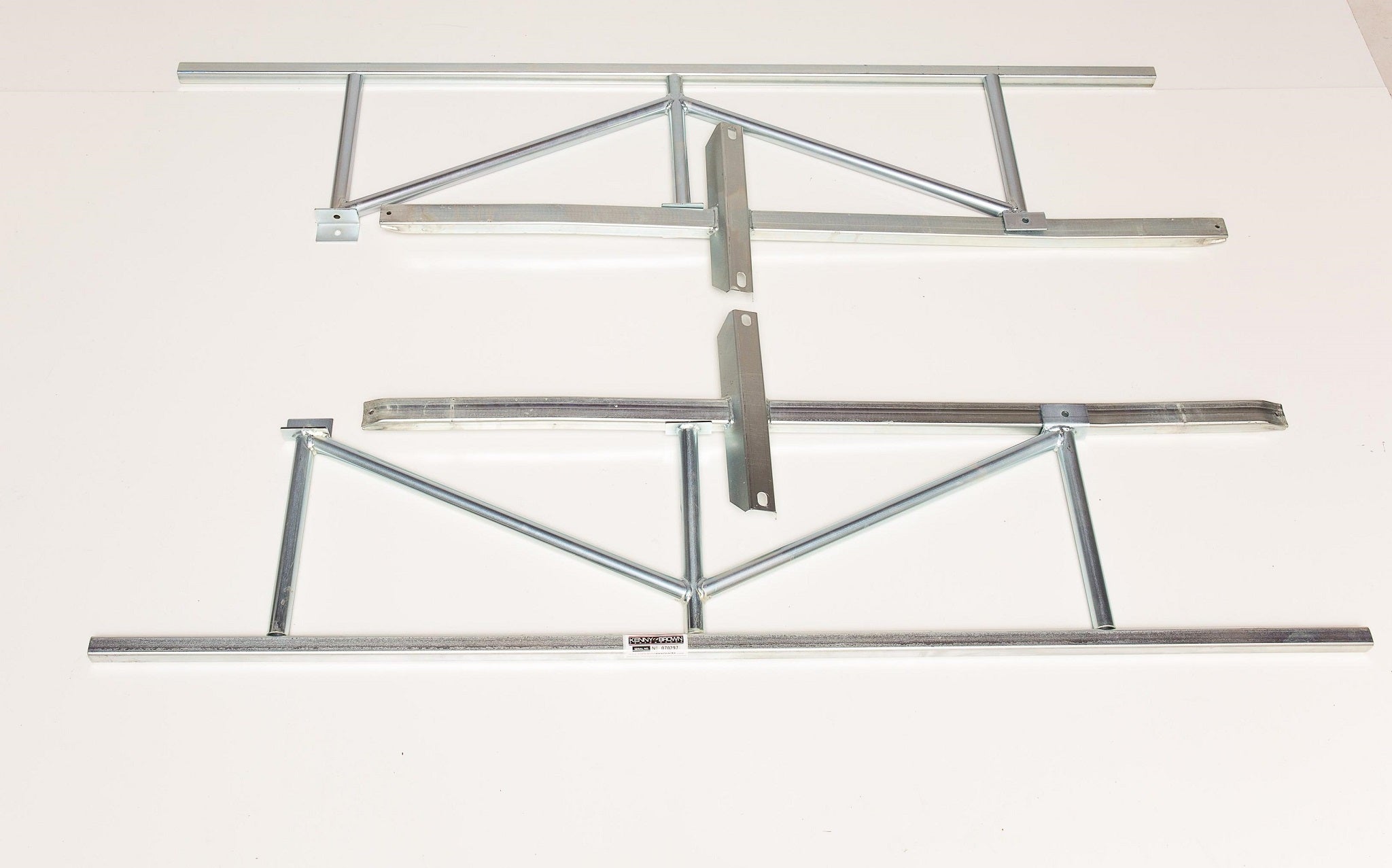I've inherited a 1990 GT convertible. 48K original miles, parked it's entire life in a garage and not driven much in the last 15 years. My Dad always keep up with required maintenance and the car is visually in excellent condition. My issue is with the driving dynamics of the car - this is where I could use some help. The car has never been abused. When driving it, to me it feels like there is a hinge in the middle of the chassis. The tires are mismatched with one brand (manufactured in 1998) and another brand on the back (couldn't find a date code on the tires) - obviously those need to be replaced. The shocks were replaced years ago but they still appear new with no signs of leaking. The quad shocks are original and likely toasted at this point. I noticed chassis shift (axle movement) during upshifts under power - hence the belief that the quad shocks are bad. Front end does not feel precise and has a slight pull to the right. I realize alignment is in order and I've rolled around under the car but I'm not seeing anything that is obviously in need of attention. Before I go out and buy a pile of suspension parts I'd like to get some thoughts on where to start. I realize that at 33 years of age bushings are going to be hardened but honestly I'm not seeing a lot of cracked rubber bits. Do I just bite the bullet and buy all new bushings, end links, etc. or are there specific bits prone to failure on these cars?
Also, being a convertible there is obvious cowl shake - I'll likely install subframe connectors at some point but what other add-ons help with cowl shake? Do tower braces do anything on these cars? What about K-member braces?
I appreciate input from those who have gone down a similar road.
Also, being a convertible there is obvious cowl shake - I'll likely install subframe connectors at some point but what other add-ons help with cowl shake? Do tower braces do anything on these cars? What about K-member braces?
I appreciate input from those who have gone down a similar road.




